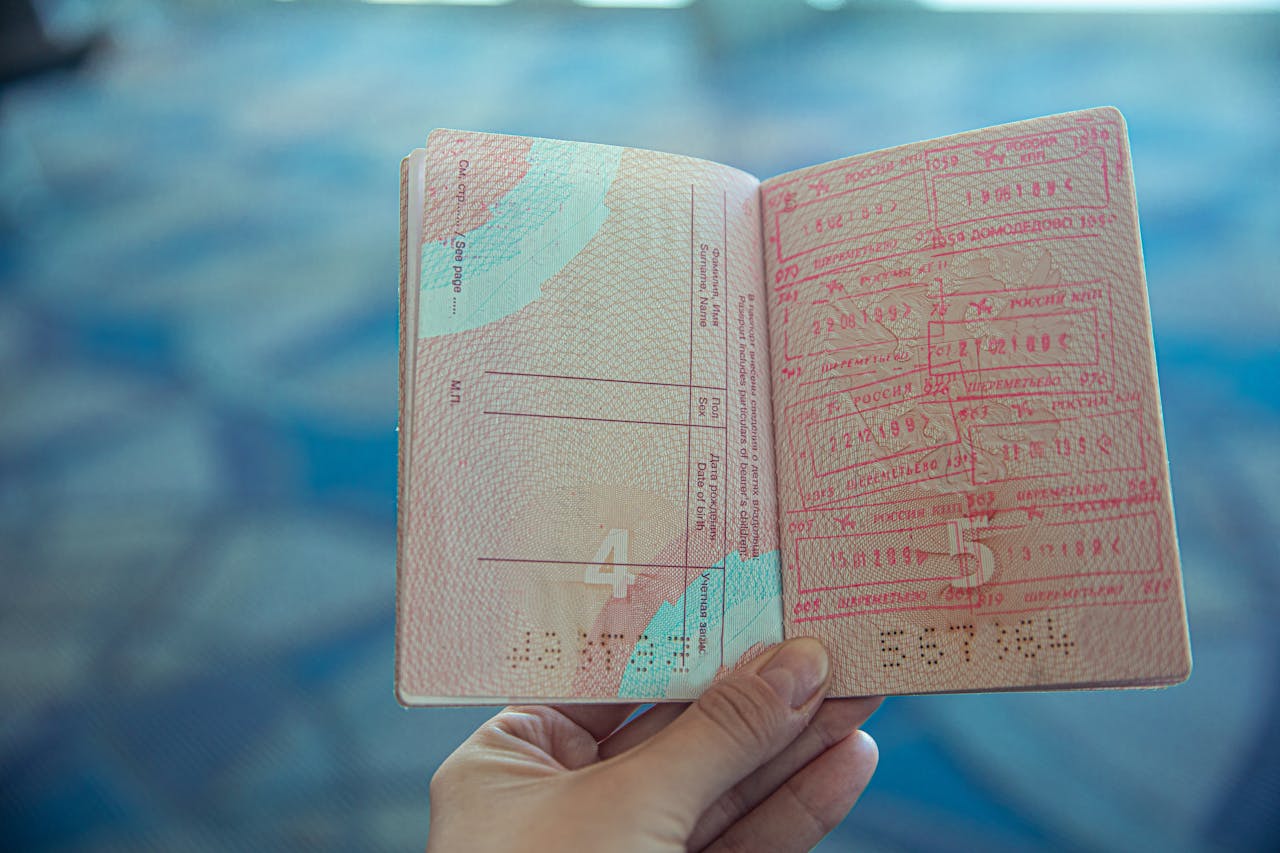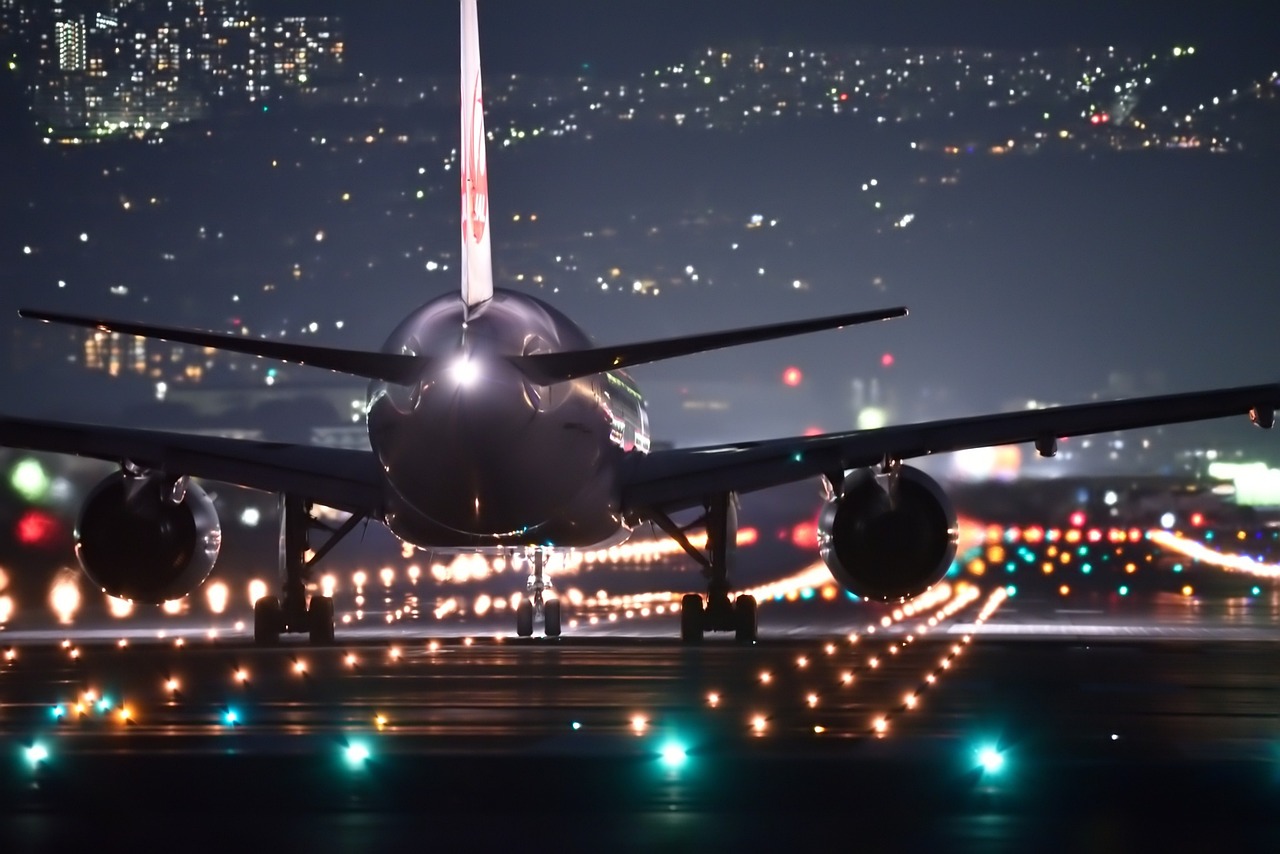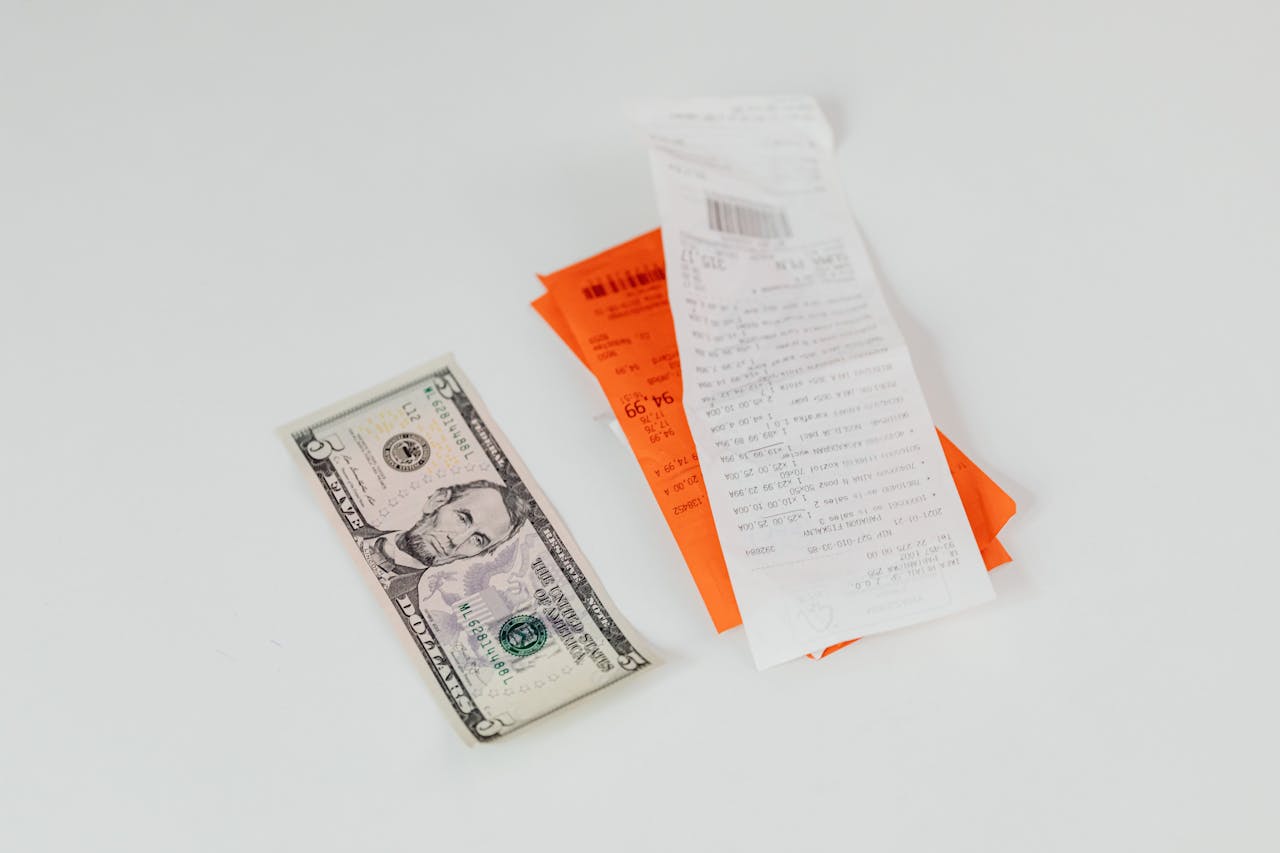A long-planned American dream trip has to feel easy, safe, and worth it. For many Chinese travelers in 2025, it doesn’t. The excitement of New York lights or a grand canyon sunrise now jostles with forms, fees, and fine print. By the time flights and hotels are priced out, the magic often loses to something closer, simpler, and just as memorable.
This isn’t about one headline. It’s an accumulation of frictions that start before takeoff and keep resurfacing on the ground. Here’s a clear, practical look at what’s pushing Chinese travelers toward Japan, Korea, Southeast Asia, and Australia instead and what it would take for the U.S. to win them back.
Visa Hurdles And Paperwork Fatigue

For first-timers and multigenerational families, visa steps feel like a maze. Interview slots fluctuate, document lists change, and extra proof of ties or finances can appear late. Even travelers familiar with the system worry about rule shifts and timeline slips. When a vacation needs weeks of prep just to get a sticker, the spontaneity disappears.
The knock-on effect is predictable.
People pick destinations that grant smooth, fast approvals.
Families traveling with older parents feel this most. Confusing forms become deal breakers, not just annoyances. Many decide to bank their time and patience on a place that lets them plan with certainty.
Fewer Nonstops And Higher Fares From Key Hubs

Long-haul capacity has improved, but not everywhere Chinese travelers need it. Nonstop options from Shanghai or Guangzhou remain thinner than pre-pandemic patterns on some routes, and secondary hubs face even tighter supply. Fares rise when seats are scarce, and connections add fatigue.
Two details push trips over the edge: midnight departures and long, risky layovers.
Both inject uncertainty into family plans.
Couples who once stretched for premium economy now prioritize closer trips with more airline competition. School-holiday timing amplifies the pain. If a delay blows up a connection, the whole itinerary buckles. Regional travel with dense schedules suddenly looks wiser.
Safety Perception And Headline Anxiety

People don’t read crime statistics; they remember dramatic stories. Parents of teens and grandparents prefer neighborhoods that feel lively yet controlled, and they want clear advice on where to walk after dark. If a destination carries a safety narrative it hasn’t actively countered, visitors plan cautiously or go elsewhere.
Perception isn’t always reality, but it shapes behavior. Cities that provide granular guidance transit tips, hotel clusters, late-night dining zones earn trust. Until messaging catches up, many will choose places where the gap between headline and street-level experience is smaller.
Sticker Shock, Tipping, And Add-On Fees

The U.S. checkout moment often feels like guesswork. Menu prices skip sales tax, service fees land on top, and tips are expected across casual settings. Hotels layer destination charges, parking, and late-checkout fees that weren’t obvious at booking. Visitors used to all-in pricing start second-guessing every meal and museum day.
Short, clear math beats surprise prompts.
When the price shown equals the price paid, confidence rises.
Budget isn’t the only issue; predictability is. Travelers want to set a daily spend that holds. If every receipt requires mental gymnastics, nearby markets with transparent totals win the comparison.
Asia-Pacific Alternatives Are Simply Too Good
Close to home, options keep leveling up. Tokyo’s trains run to the minute, Seoul’s food scene scales from street snacks to chef counters, and Bangkok, Singapore, or Kuala Lumpur offer luxury and family value on the same block. Entry rules are stable, multilingual info is standard, and hotels include expected amenities without hidden fees.
Families can pack more into a week with fewer variables.
That changes the calculus fast.
When the regional experience is friction-light and rich in variety, the bar for a once-in-a-lifetime U.S. itinerary gets higher. Many choose to postpone America rather than accept a trip that feels hard from the start.
Payment Friction And Tech Gaps
Chinese travelers live on mobile wallets and UnionPay rails. In the U.S., credit cards dominate, small merchants refuse some foreign cards, and identity checks or deposits slow the line. Dynamic currency conversion spooks newcomers. Hotel Wi-Fi quality swings wildly, and two-factor codes routed to home numbers block banking apps.
These aren’t trip ruiners on their own. But stacked together on a tight schedule they drain energy. Destinations that enable familiar wallets, offer reliable eSIM support, and keep logins simple feel instantly more welcoming.
Language, Wayfinding, And The First Hour After Landing
Arrivals define trips. After a transpacific flight, long border queues, secondary screening, and sparse multilingual signs fray patience. Customs allowances and agriculture rules vary by country; uncertainty makes honest mistakes feel risky. Once outside, English-only signage on transit or at museums turns small choices into puzzles.
Airports and attractions that default to Chinese, Japanese, and Korean displays reduce stress for mixed-generation groups. Clear, consistent wayfinding can salvage a day that would otherwise dissolve into confusion. Confidence at the start sets the tone for everything that follows.
Car Dependency And Group Logistics
Outside a handful of transit-rich cities, iconic U.S. routes demand driving. Renting a car means decoding insurance, toll systems, and credit-card holds. Parking costs add up, and night driving on unfamiliar highways narrows who feels comfortable behind the wheel. Timed-entry attractions and thin staffing complicate student groups or multigenerational tours.
Planners compare risk and reward. If a national-park loop requires two confident drivers and airtight timing, many will delay the dream until the group’s ready. In the meantime, they book places where trains, ferries, and footpaths connect the dots.
Sources
- U.S. Department of State — Visa Wait Times
- IATA — Air Connectivity Indicators
- UNWTO — Tourism Data Dashboard: Outbound Asia
- U.S. Customs and Border Protection — Arrival Guidance
- Federal Reserve — Consumer Payments and Wallet Adoption
- NYC & Company — Visitor Safety and Neighborhood Guides
- Japan National Tourism Organization — Multilingual Travel Services
- Singapore Tourism Board — Visitor Essentials


